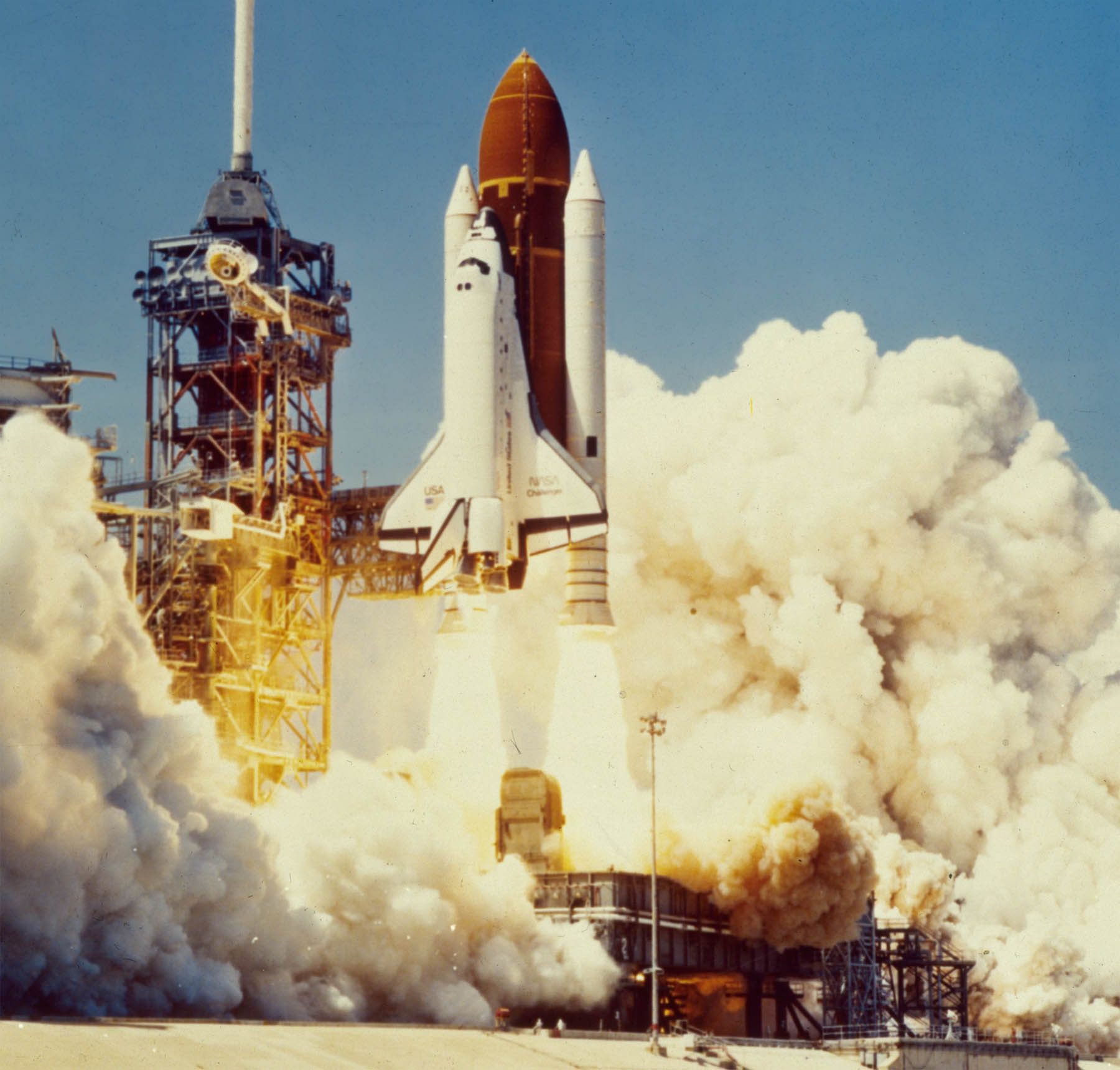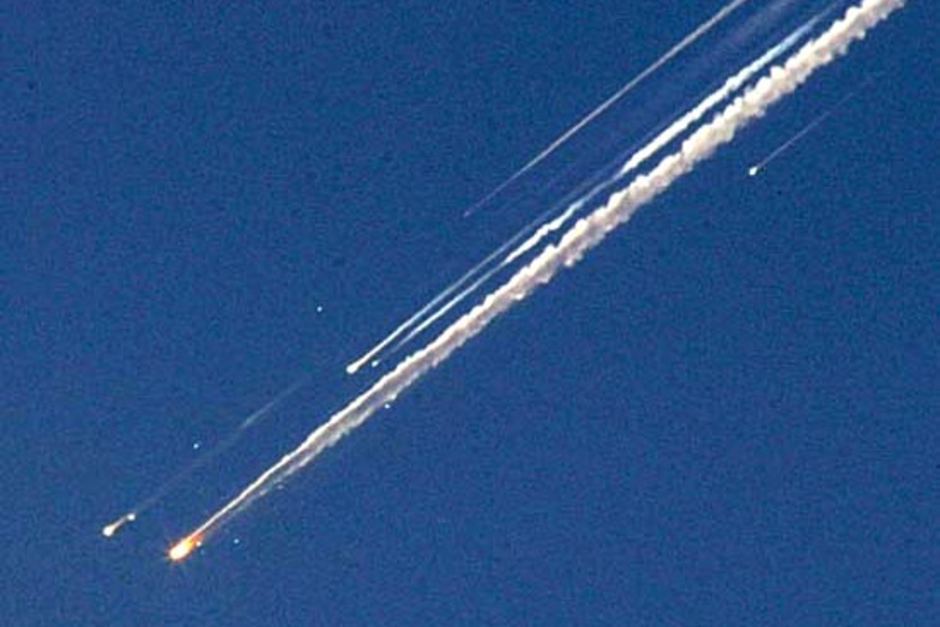
A few weeks ago, NASA’s Antares rocket exploded shortly after lift-off, and few days after that, Virgin Galactic’s SpaceShipTwo crashed in the Mojave Desert, ending the life of pilot Michael Alsbury. Overall, the message is clear: risk is an inevitable facet of spacefaring. In the push to advance technology and further exploration, people will inevitably die. Below are five of the most notable spacecraft accidents and the reason why they happened.
1. Voskhod 2: March 19, 1965
The Russian Voskhod 2 mission has gone down in history as the first successful spacewalk. Conducted by only two cosmonauts, Pavel Belyayev and Alexey Leonov, Leonov was the first human to set foot in space, completing a twelve minute spacewalk. Unfortunately, the automatic landing system malfunctioned during re-entry, forcing the pilots to manually land the craft in a heavily forested area. Although the craft was destroyed, both crewmembers survived.
2. Soyuz 1: April 24, 1967
The Soyuz 1’s main chute and back-up parachute failed to deploy, killing cosmonaut Colonel Vladimir Komarov in the ensuing crash. The mission was exceptionally controversial in that many system failures were reported by engineers, but systematically ignored by the Kremlin.
3. Soyuz 11: June 30, 1971
The Soyuz 11 flew in the first mission in which a crew boarded the Salyut 1, the first space station. Unfortunately, a breathing ventilation valve opened during re-entry, causing the crew capsule to depressurize and asphyxiating all three crew members. The outcome of the mission caused future crafts to be redesigned to allow astronauts/cosmonauts space to wear spacesuits during launch and landing, something the Soyuz 11 did not permit.

4. Space Shuttle Challenger: January 28, 1986
A failure in the seal placed in solid rockets during lift-off caused the Challenger shuttle to suddenly break apart and explode 73 seconds into its flight. The incident caused the death of all seven crew members aboard. The subsequent investigation found that NASA had disregarded warnings given by various engineers about the dangers O-rings presented in low-temperature conditions.

5. Space Shuttle Columbia: February 1, 2003
The Space Shuttle Columbia disintegrated while descending toward the Kennedy Space Center due to a hole in the left wing that allowed hot gases to seep in and destroy the internal structure during reentry. The hole was caused by insulation foam the ripped off another segment of the shuttle and hit the wing as it feel away, tearing the hole that destroyed the shuttle.
Source: Phys.org
Advertisement
Learn more about Electronic Products Magazine





